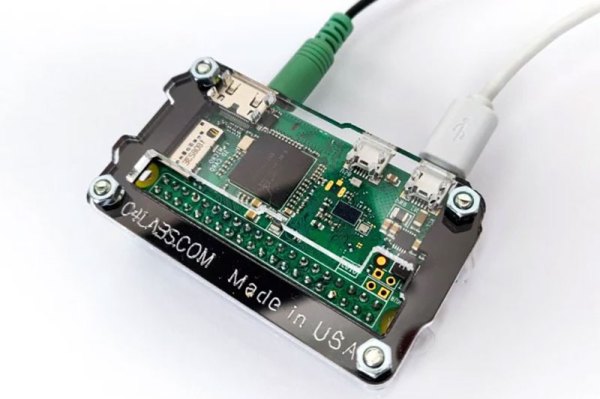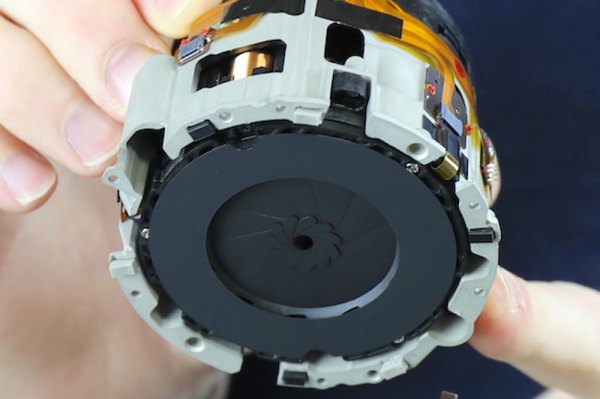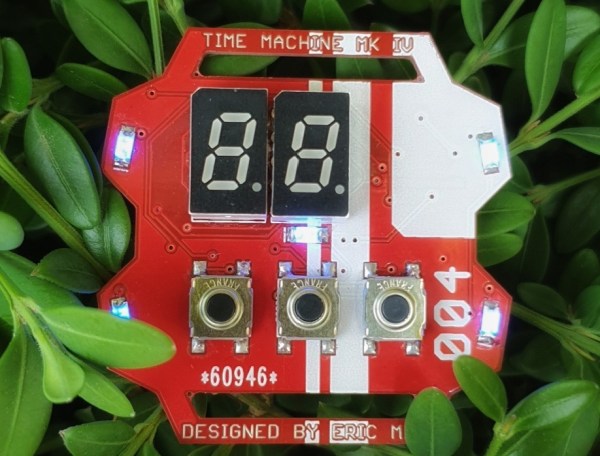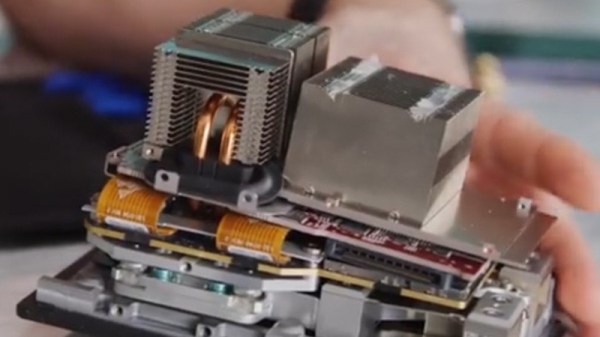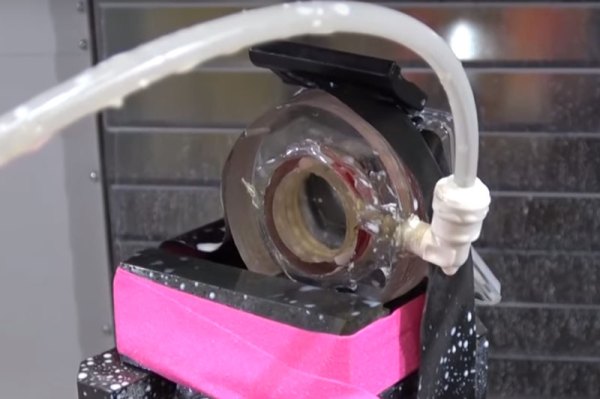It may not be a laundry-folding robot, but this robotic launders line build by [Radical Brad Graham] is pretty neat. He has a 75-foot hanging laundry line from his house to a woodshed, and decided to roboticize it using some bits that were lying around. The result is a simple build that adds push-button control to pull the line back and forward, making it easier to hang everything out to dry. It’s a simple build, but [Brad] did a great job of documenting what he did and why, from mounting the posts that support the line to wiring up the control buttons.
Author: Richard Baguley244 Articles
OpenLeg – The Open Source Robot Leg
There’s an old saying about standing on the shoulders of giants, but how about doing so with an open source leg? Well, your robots might do so at least, thanks to OpenLeg, a new open source project for building robot legs. Created by [Joey Byrnes], this started out as a senior project for a course at the University of Illinois. The idea is to create a robot leg that others can use to build four-legged robots that can amble around the neighborhood, much like those built by Boston Dynamics. Continue reading “OpenLeg – The Open Source Robot Leg”
Simple Bluetooth Car Audio From A Pi Zero
When [Sami Pietikäinen] realized that the Bluetooth built into his car didn’t support audio, he didn’t junk it and buy a Tesla. Instead, he decided to remedy the problem by building a small Bluetooth device that plugged into the Aux socket. To do this, he used a Raspberry Pi Zero with a pHAT DAC (Digital to Audio Converter). That’s perhaps using a sledgehammer to crack a walnut, but sometimes you work with what you have. The interesting part is to be found in what he did next: he used Yocto to optimize the device down to make it as simple and straightforward as possible.
Continue reading “Simple Bluetooth Car Audio From A Pi Zero”
Expensive Sony Lens Repair Reveals Shims & Shifts
The photographic hire company Lensrentals had a $2k Sony FE 135mm f1.8 GM camera lens returned with a problem: it was having issues focusing. So, they decided to do the obvious thing and take it apart. It’s a fascinating insight into some of the engineering that goes into a high-end camera lens.
That is perhaps a rather scary thing to do, because this is a very new lens that doesn’t even have a service manual yet. That’s akin to rechipping a Ferrari when you’ve never even opened the hood before.
One of the interesting things inside is the presence of a number of shims that adjust the placement between the groups of lens elements. It seems that however good their manufacturing tolerances are, sometimes you just have to put a shim or two in there to align things.
Continue reading “Expensive Sony Lens Repair Reveals Shims & Shifts”
Neat Smart(ish) Watch Build Uses BLE
Digital watches are a pretty neat idea, and are a great way to experiment with designing and building low-power circuits. That’s what [Eric Min] did with this neat smart watch build. It’s based around an nRF52832 SoC that does all of the heavy lifting, including connecting to a smartphone to get the time when the battery is replaced. It also has a decent quantity of blinky LEDs, which is important on any project of this type.
Tearing Down A $25K 8K Video Camera
Most people buy expensive cameras and use them rather than taking them apart, but Linus Tech Tips has a different approach. They decided that they would rather take the camera apart, with a view to converting it to water cooling. Why? Well, that’s perhaps like asking why climb Mount Everest: because it is there. The practicality (or desirability) of water-cooling an 8K camera aside, the teardown is rather interesting from an an engineering point of view. The RED HELIUM 8K costs about $25K, and most of us don’t often get a look inside equipment like this.
Self-Cleaning Camera Lens Makes For Speckle-Free Video
People making videos about machining have a problem: the coolant gets everywhere. When you take a video to show the process of creating a device, the milky gunk that keeps everything cool gets all over your camera lens. AvE is experimenting with an interesting fix for this problem, with a self-cleaning camera lens. (Video embedded below, some salty language.) His prototype uses a spinning piece of clear PVC mounted on BB gun pellets, driven by compressed air. The camera can see through this spinning piece, but when the coolant hits the spinning piece, it is thrown off.
Continue reading “Self-Cleaning Camera Lens Makes For Speckle-Free Video”



